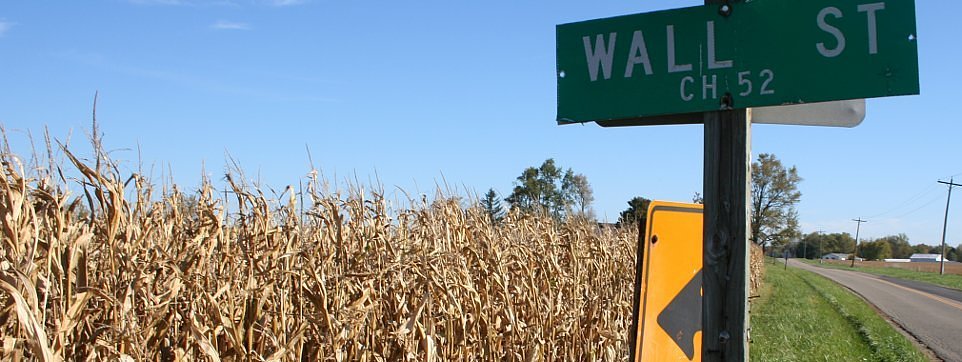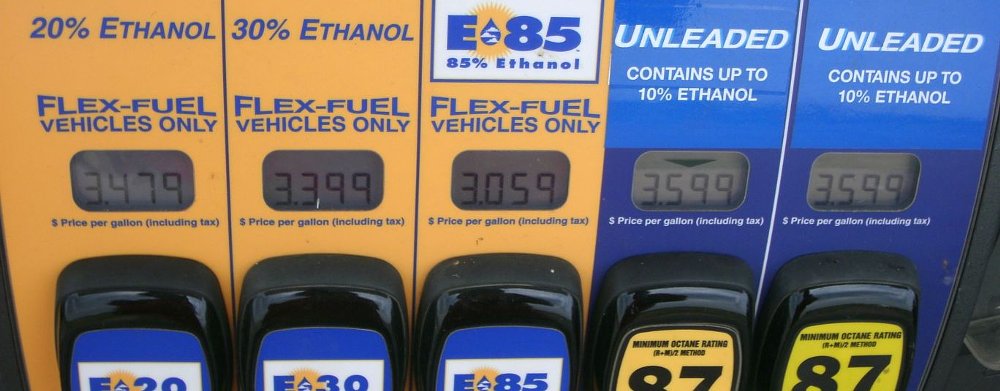The Trump administration is moving to ease restrictions on ethanol in blended fuels. “Today, we are unleashing the power of E15 to fuel our country all year long,” President Trump announced at a rally in Iowa.
He's charged the Environmental Protection Agency with beginning the process of raising the limits on ethanol in mixed fuels. Once implemented, E15 will be legal for gas stations to sell even outside the summer months. Unless you ride an electric motorcycle, this impacts your ride.
What is E15, exactly?
At most gas stations today, the fuel you’re pumping into your tank is a blend of gasoline and ethanol. Typically, around 10 percent of the mix is ethanol. E15 gas is 15 percent ethanol. E85 is also available at some pumps. Lance has already written about why ethanol is going in your tank and Lemmy has, uh, voiced his opinion on ethanol in gas.
Why do so many motorcyclists hate ethanol?
Motorcyclists have a complicated relationship with ethanol. Some riders don’t really care and haven’t been bothered by it. Ask owners of older machinery, and you might start hearing real complaints. As Lance wrote, no motorcycles at all are EPA-certified for E15 (neither are cars made before 2001). That doesn’t mean they can’t run on it, but many riders want as little corn juice cocktail as possible. Chemically, ethanol can be tough on rubber and metal parts in motorcycles. Just ask Lemmy, or anyone who’s opened up a classic bike to find some unpleasantries in the fuel delivery system. Ethanol can also do funny things when mixed with other additives in fuels. Some riders use additives of their own to attempt to negate the effects of ethanol on their rides.
In a recent statement on the E15 proposal, the American Motorcyclist Association opposed an increase in the limit to E15.
“None of the estimated 22 million motorcycles and ATVs in use in this country is certified by the EPA to use fuel containing more than 10 percent ethanol by volume,” the statement said. “Allowing additional E15 sales increases the risk of inadvertent misfueling by motorcyclists. In addition, as E15 begins to permeate the marketplace, the AMA is concerned it will further reduce the availability of the E0 fuel preferred by many motorcyclists and required for older machines.”
What do its supporters say?
Ethanol’s supporters don’t see the bump to E15 as a big deal for riders. Even if it causes a little extra wear and tear, they see value in the environmental impact of biofuels. Most modern vehicles should be able to handle it, even if the EPA doesn't explicitly say so, they argue, and motorcyclists can always choose to fill up at stations that don’t sell E15. Farmers showed their support for the idea at President Trump’s address, as it would increase the domestic market for their crops at a time when retaliatory tariffs have made foreign markets less certain.
After the recent announcement, EPA testing might change to reflect the absence of E15-approved motorcycles. Motorcycle manufacturers may also have to make changes to accommodate the new fuel mixtures. Flex-fuel motorcycles are not a new idea, but they haven’t been a commercial focus in the United States. An example sold abroad is Honda’s CG150 Titan Mix, which runs on regular gasoline, bio-ethanol, or a mix of the two. If ethanol limits are further derestricted, OEMs might have to consider sales of flex-fuel motorcycles in the American market.

 Membership
Membership





